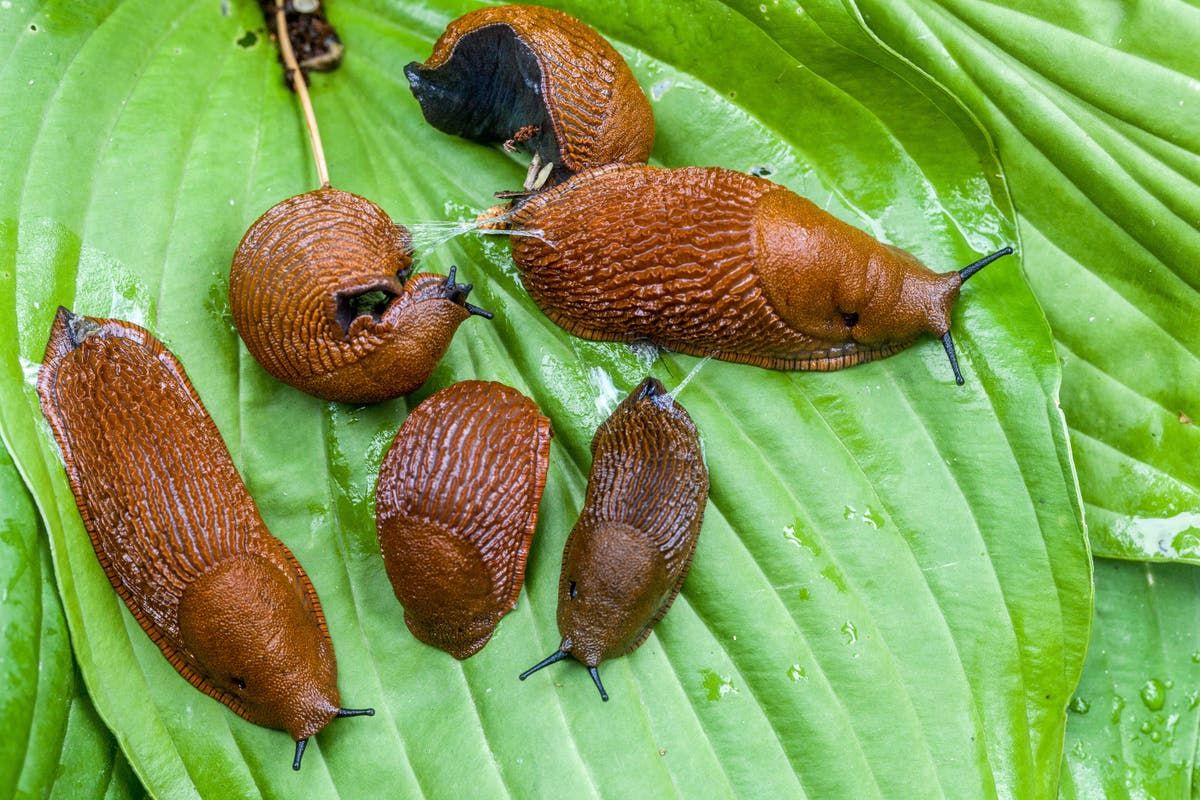Truly support
independent journalism
Our mission is to provide unbiased, fact-based reporting that holds the powerful to account and exposes the truth.
Whether it's $5 or $50, every contribution counts.
Support us in offering journalism without agenda.
A mild winter, a wet spring and a changeable summer have contributed to increased slug and snail activity this year.
By June this year, the RHS has received three times as many enquiries about slugs and snails as it did in the same period last year, while calls about box moths, two species that have been affected by the weather, have also increased.
“When the weather is warmer, insects go through their life cycles more quickly, but they slow down as it gets colder,” says RHS entomologist Stephanie Bird. “Generally, if it’s warmer, you can fit in more life cycles of a given insect, unless it’s very long-lived – butterflies tend to have longer life spans.”
Horticulturist Monique Gudgeon, head of gardens at Sculpture by the Lakes sculpture park in Dorset, says the special mulches they use to protect the plants have not deterred the molluscs this year.
“Delphiniums, dahlias and lupins have become prey, as have vegetable seedlings and young seasonal plants.”
The insects and mollusks that are most likely to withstand extreme temperatures are those that are not already in distress, Bird adds.
So how will this year's weather (the previous wet period followed by a heatwave) have affected slug and insect populations?
Slugs and snails
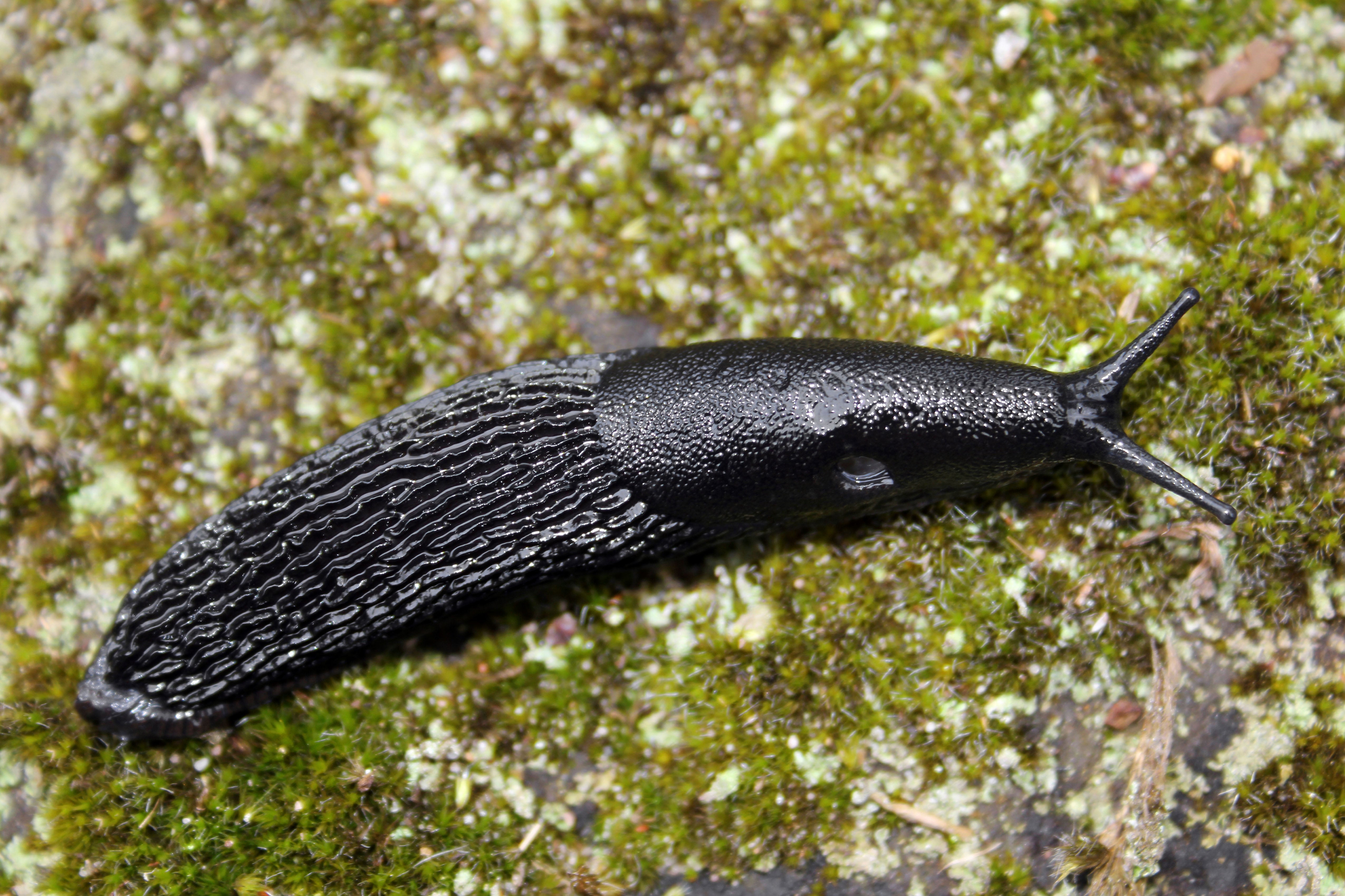
“We don't know if they're more active simply because of the weather, so maybe there aren't necessarily more slugs, but they are more active,” Bird says.
“They like the mild, moist conditions, like we had in the spring. And we got more enquiries about them in June than we did the previous June.”
Are populations likely to increase in warm, humid climates?
“If they are active, well fed and the conditions are good, they are more likely to reproduce,” he says. Slugs and snails reproduce all year round, but there are peaks related to favourable conditions for them, when the weather is mild and humid.
Short heat waves, such as those we have experienced this summer, are unlikely to affect the figures.
“Snails aestivate, meaning they go into a summer sleep and seal the opening of their shell, which prevents them from drying out,” Bird explains.
“Slugs hide in the ground and look for more protected places. For this to affect them, it takes a lot of heat for a very long period of time.”
Solutions
Gudgeon recommends trapping them rather than using slugs. Use hollowed-out oranges or melons turned upside down or pumpkin peels where they will hide during the day. Upside-down container lids on bare soil can also work. Move them somewhere away from your garden, such as a hedge.
Beer traps are also effective, as are commercially available nematodes, which can be spread around plants that will infect slugs and snails with parasites, eventually killing them.
Keep things clean and tidy and remove leaf litter so there are fewer places for them to hide.
Choose plants carefully, Bird adds. If you have a lot of slugs in your garden, avoid plants they love, such as hostas, dahlias and delphiniums.
Aphids
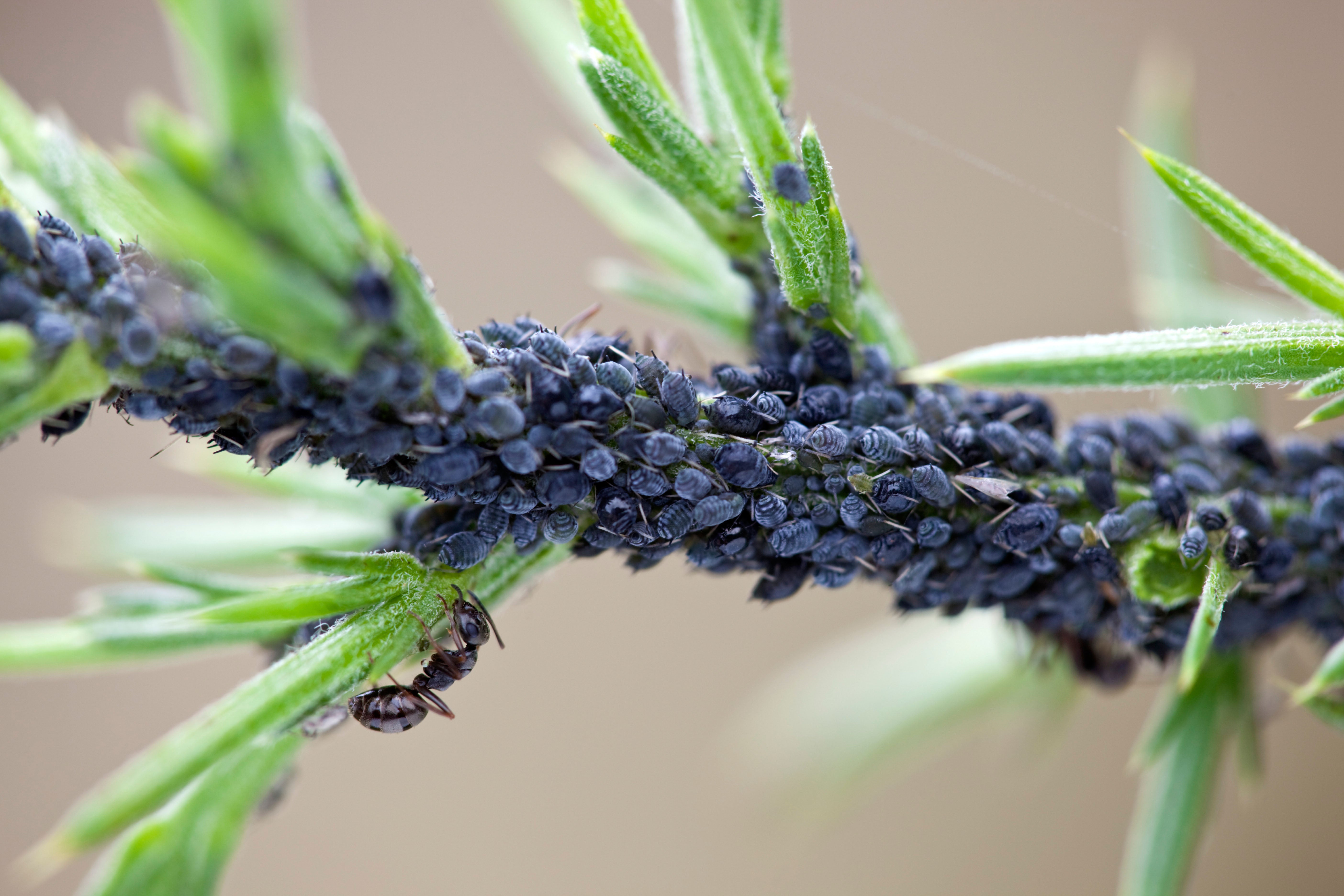
“There are around 500 species of aphids in the UK and their development is linked to climate and temperature,” says Bird.
“They have different life strategies. Some spend all their time on one plant, others start on one plant at the beginning of the year and then move to a second plant to continue their life cycle.”
Colonies tend to multiply in warm weather. “They are not prone to drying out like slugs and as the weather warms up more aphids appear, but that is offset by the appearance of more predators, such as parasitoids, which eat the aphids,” he adds. Typical predators include parasitoid wasps, larvae of ladybirds and hoverflies, and ladybird beetles.
Boxwood moth
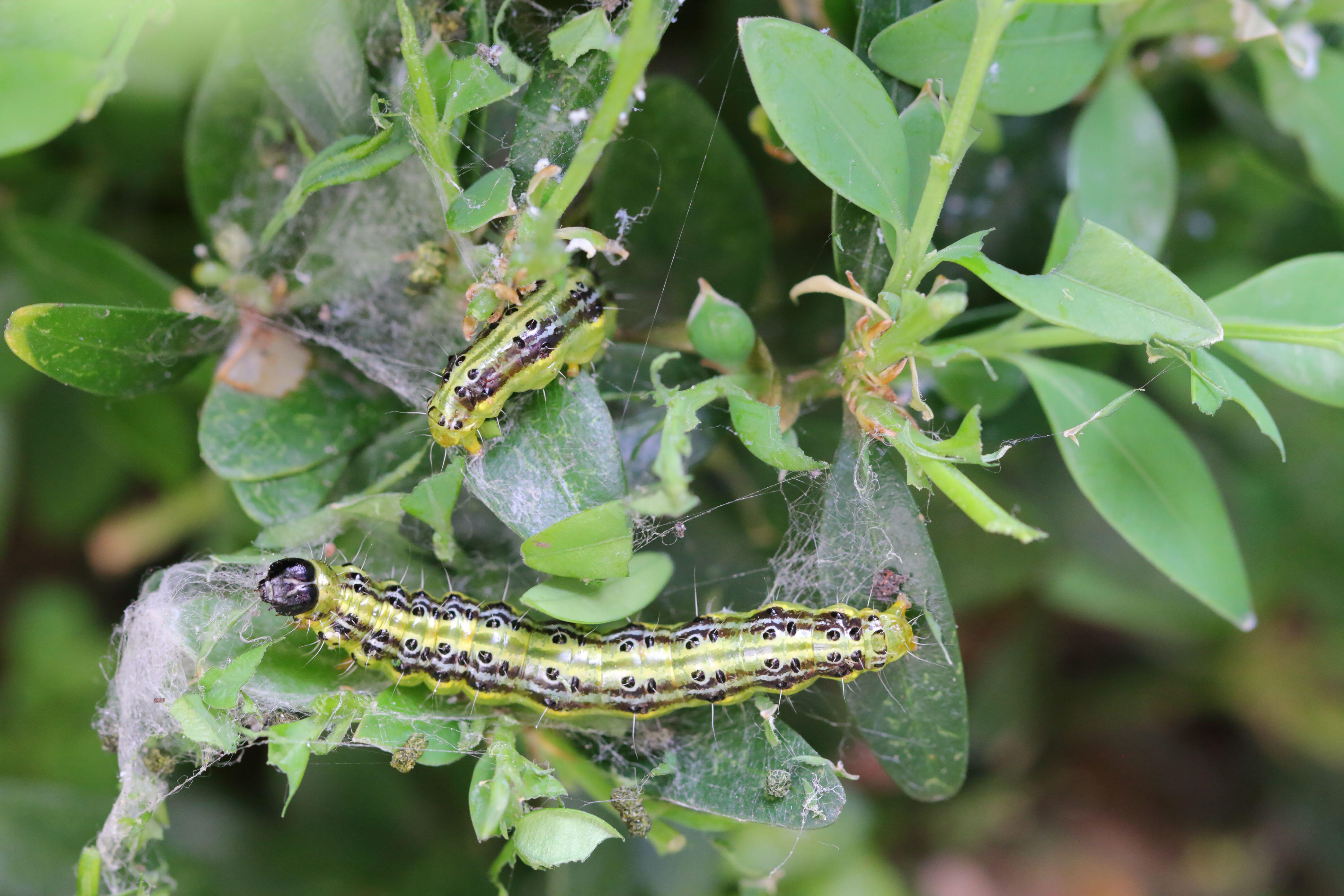
The increase in enquiries about boxwood moths could be due to the mild winter and spring, which would encourage caterpillars to be active earlier and feed earlier, Bird explains.
However, if the moths have produced an extra generation, they may not be good for overwintering.
“We can't say for sure how it will be affected, even under normal conditions,” he says, given that the boxwood moth is a relatively new species that arrived from south-east Asia and was first recorded in Kent in 2007.
Eggs and larvae
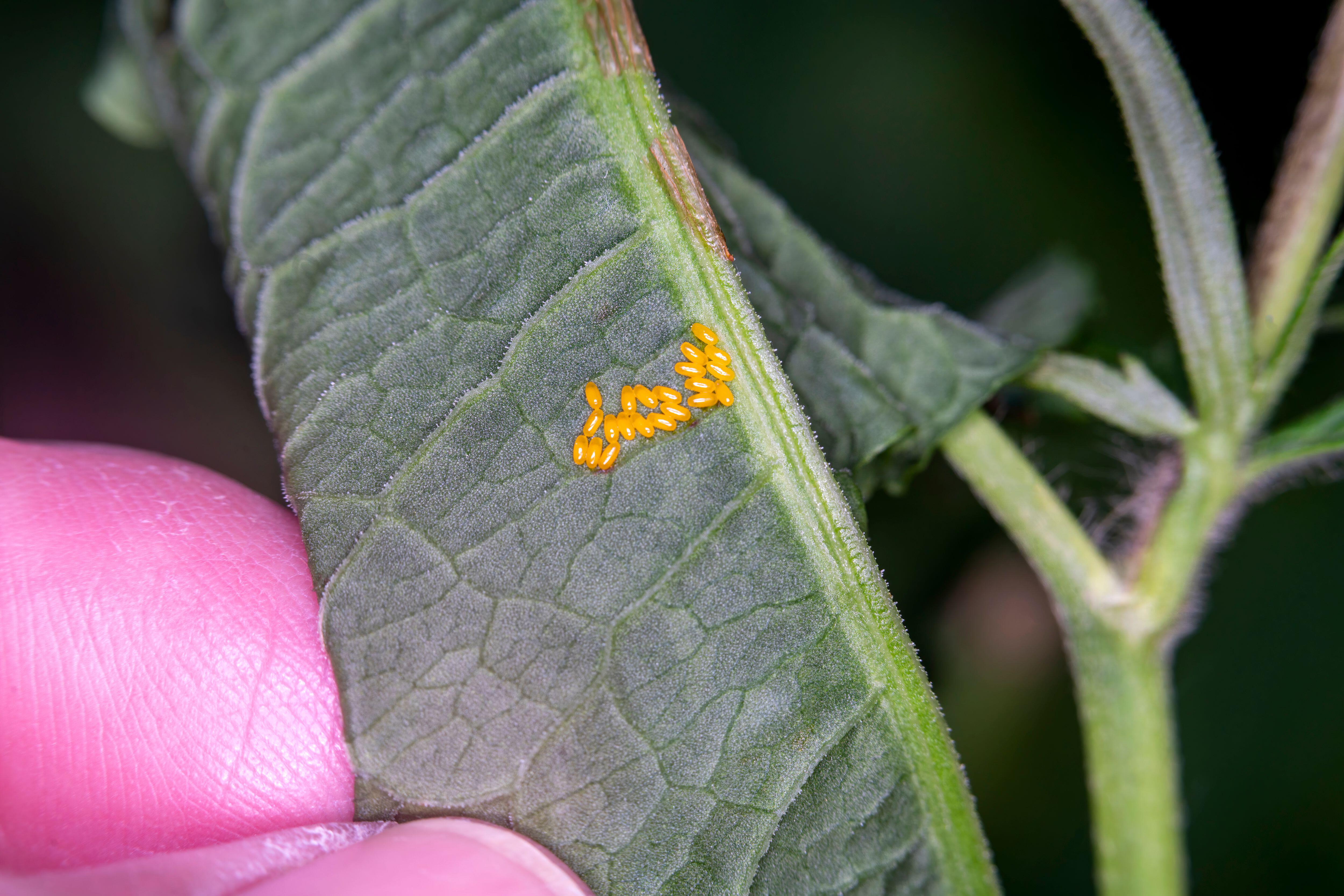
Bird does not believe these will be affected by torrential rains or mini-heat waves.
“For example, in the case of the boxwood moth, many of the eggs are laid on the underside of leaves, in dense foliage, where they will be protected. Rain will not affect the eggs unless they have been laid in a bad position. Temperature would have a greater effect than rain.
“A late frost, for example, could hurt populations because they are more vulnerable. As the climate changes, we are seeing different insects expand further north.”
Survival methods
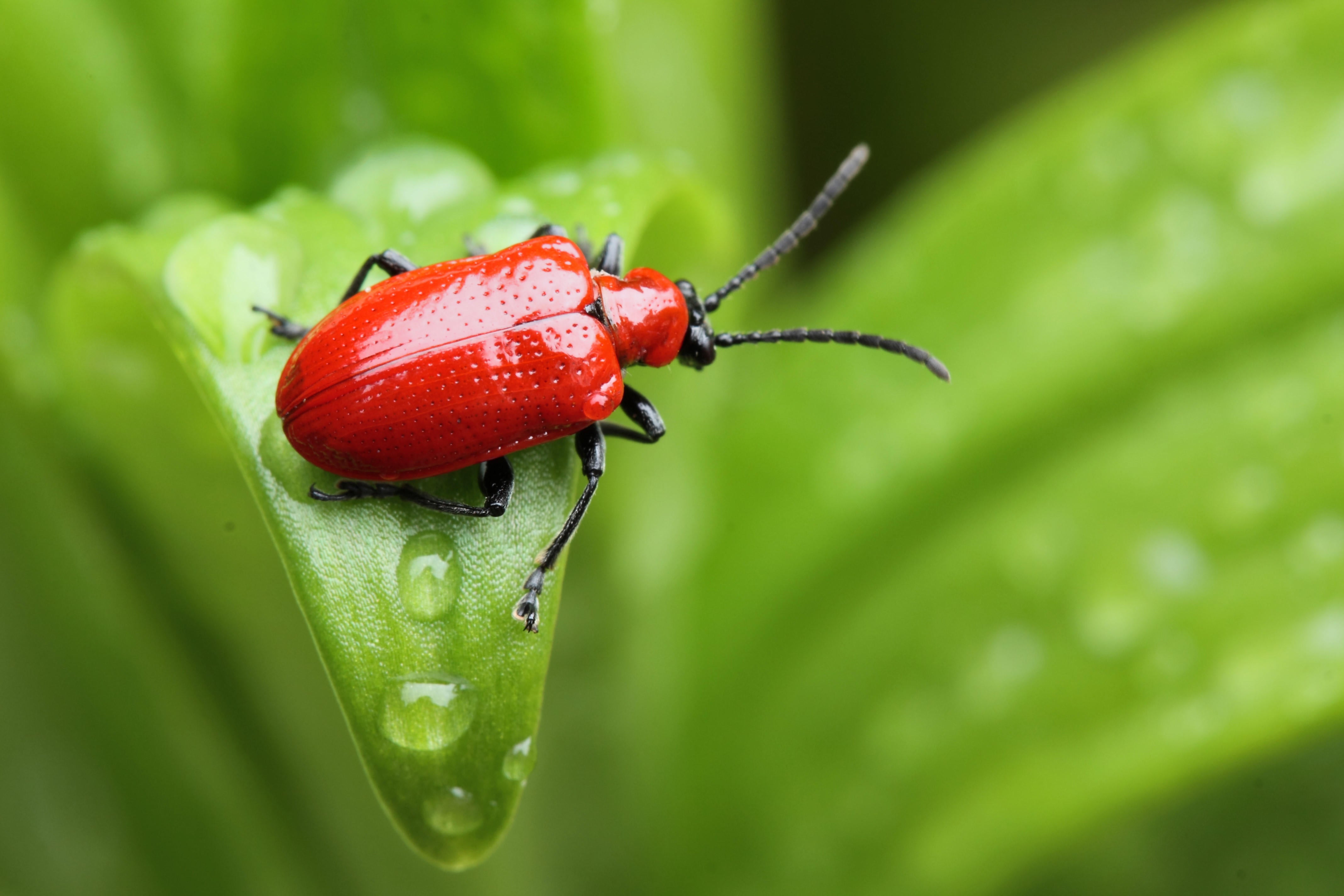
“In general, insects can cope with a few wet days, a few cold days and a few hot days by using different strategies. Insects can get into a state where, if it’s cold, they use very little energy, and they basically just go into a standstill.
“Very small caterpillars can enter this diapause state over the winter and then require a certain number of days above a threshold temperature to become active again,” Bird says.
“If the temperature then drops, they can go into diapause again.”
What you can do
Gudgeon says: “In most cases, there are biological controls that can be used to deter pests and reduce the number of repeat offenders such as whitefly, asparagus beetle, cabbage white caterpillars and vine weevil.
“I use a lot of different predators, especially for vine weevil larvae during the summer in our nursery and in pots around the gardens, but also in the greenhouse during the winter, which can be a cosy place for pests to hide.”

